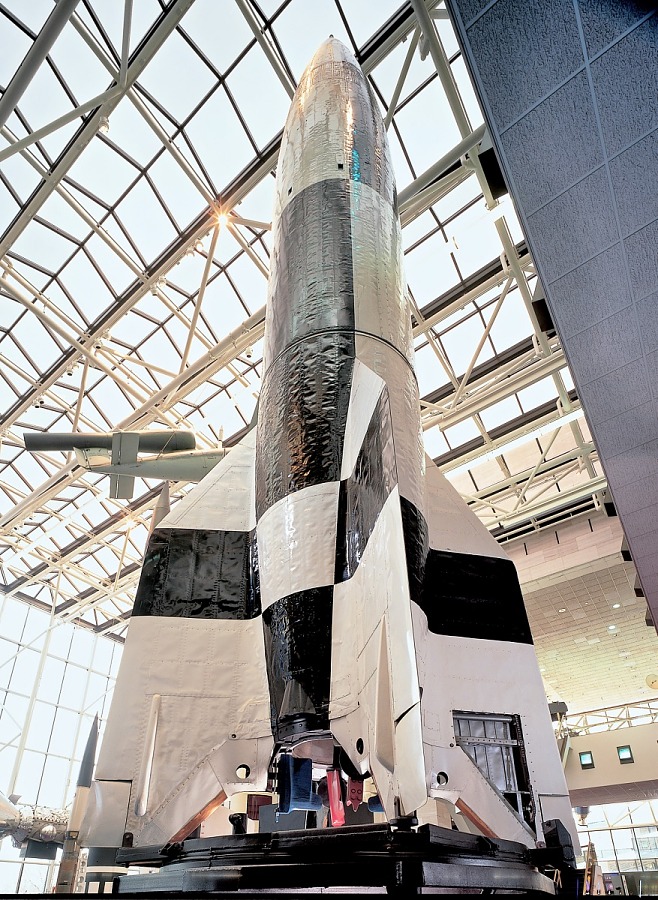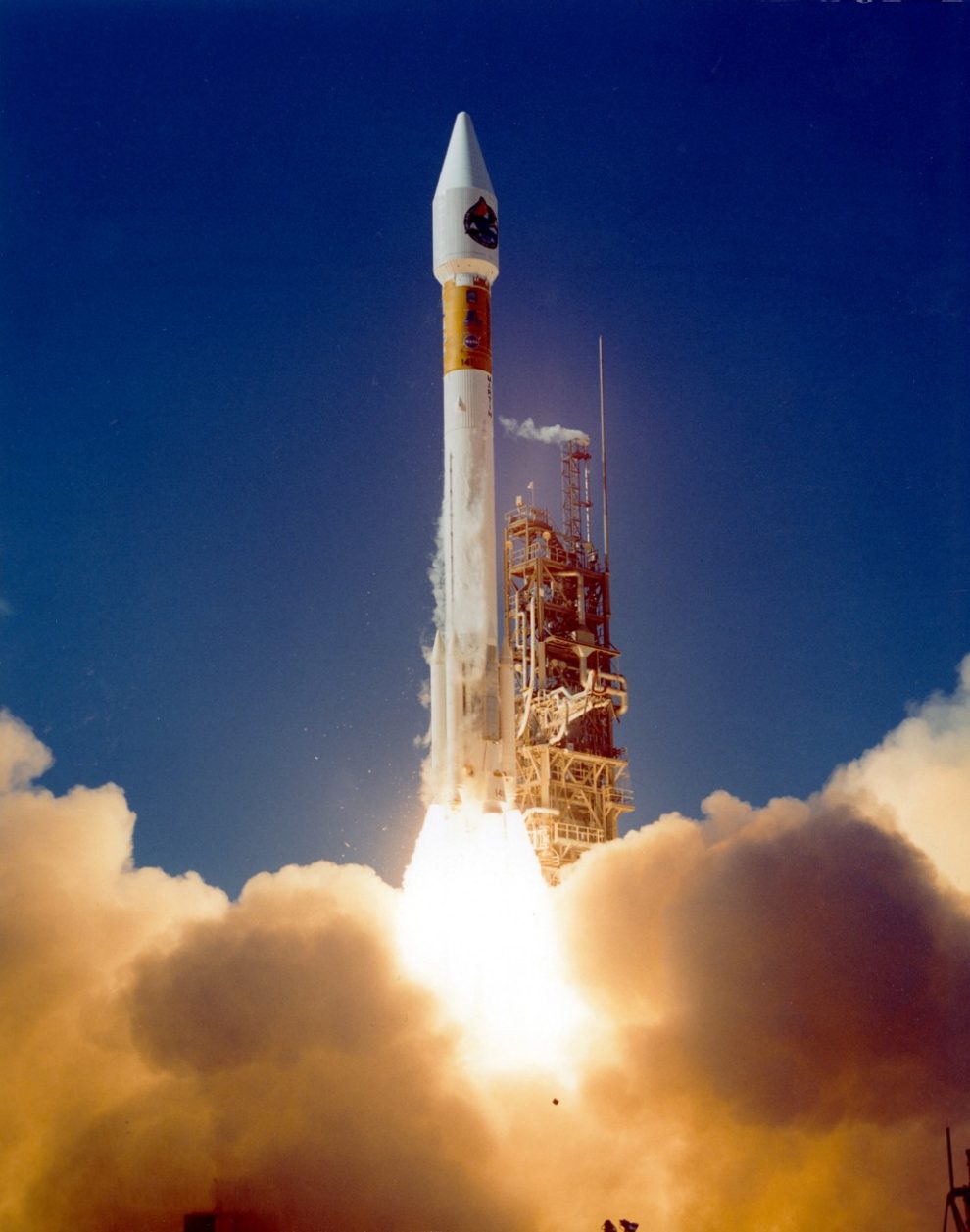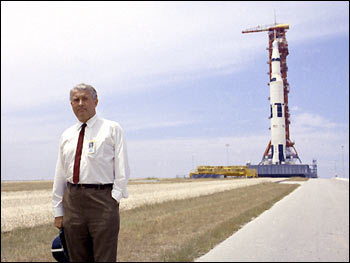US Technology
US Technology
The advancements that put the US on the moon.
Beginnings
After World War II, the United States launched their "Operation Paperclip", which brought over scienctists and projects from Germany to the US for study. This included the V-2 missile and German rocket scientist Wernher von Braun. Von Braun and the V-2 provided a basis for later developments and rockets. It was a liquid propulsion rocket using an LOX (liquid oxygen)/Ethanol ignition for propulsion.
Early developments
Von Braun quickly got to work designing new rockets, missiles, and propulsion engines for the US. By 1950, they had working Redstone, Jupiter C, Juno, and Saturn 1B rockets. These still used a LOX/Ethanol ignition with hypergolic (spontaneous) ignition. These preceded the later Atlas and Saturn V rockets and put the first satellites and men in space.
Later developments
For several missions during the early 1960s, the Atlas rocket by Lockheed Martin was used. It was the first rocket not designed by Wernher von Braun. In fact, von Braun did not like the lightweight stainless steel design and thought it would not work for space but was proven wrong by its success. Von Braun, however, took command over the Falcon V project with its powerful F-1 LOX/Kerosene engine and LOX/LH2 (liquid hydrogen) second stage used in the later Apollo missions.


